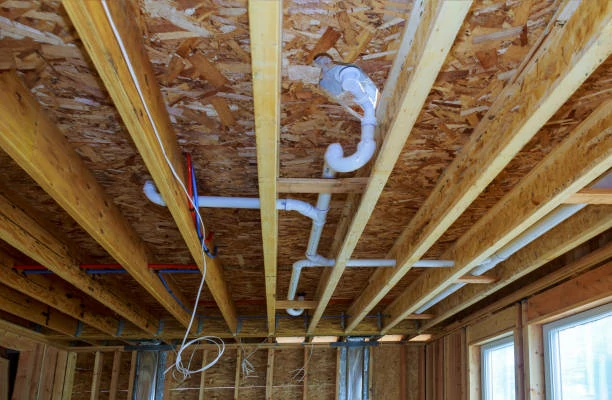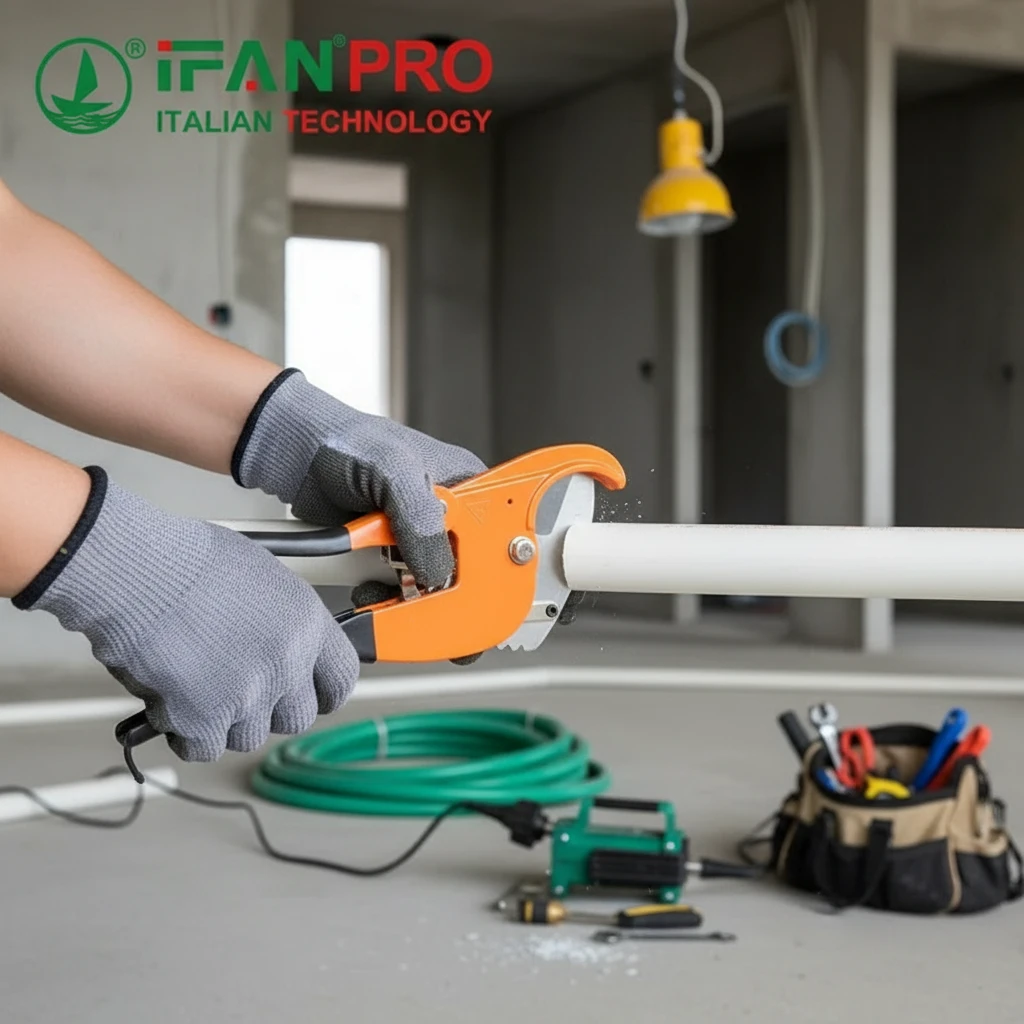Installation Techniques and Considerations for PVC Pipes
Installing PVC (Polyvinyl Chloride) pipe requires careful planning and adherence to best practices to ensure optimal performance and longevity. Whether for residential plumbing, irrigation systems, or industrial applications, following proper installation techniques and considerations is crucial.
Pre-Installation Preparation
Before starting the installation process, it’s essential to gather all necessary materials and tools. Ensure you have the correct size and type of PVC pipes, fittings, solvent cement (for solvent welding), primer (if required), measuring tools, and cutting tools.
Site Preparation
Prepare the installation site by clearing the area of any debris or obstructions. Ensure the work area is clean and dry to prevent contamination of the pipes during assembly. Plan the layout of the pipes and fittings according to the specific requirements of the project.
Cutting PVC Pipes
Use a fine-toothed saw or PVC pipe cutter to make clean, square cuts on PVC pipes. Avoid using tools that can crush or deform the pipe ends, as this can compromise the integrity of the joint. Measure and mark the cutting points accurately before cutting.
Deburring and Chamfering
After cutting PVC pipes, remove any burrs or rough edges using a deburring tool or utility knife. Chamfer the outer edges of the pipe slightly to facilitate smooth entry into fittings and reduce the risk of damaging the O-ring or sealing surfaces during assembly.
Assembly Techniques
There are two primary methods for assembling PVC pipes and fittings: solvent welding (also known as solvent cementing) and mechanical joints (using threaded fittings or compression fittings). Solvent welding is the most common method and involves applying primer and solvent cement to clean, dry surfaces before joining.
Solvent Welding Process
Prepare Surfaces:Clean the mating surfaces of the pipe and fittings using a clean cloth and PVC primer. Apply primer to both surfaces and allow it to dry according to manufacturer instructions.
Apply Solvent Cement: Apply a liberal amount of PVC solvent cement to the primed surfaces of the pipe and fitting. Use a brush or dauber to evenly coat the surfaces.
Assemble Quickly: Immediately after applying the solvent cement, insert the pipe into the fitting socket and give it a quarter turn to ensure a proper bond. Hold the joint securely in place for a few seconds to allow the cement to set.
Cure Time: Allow sufficient curing time as recommended by the cement manufacturer before pressurizing the system. This ensures a strong, leak-free joint.
Considerations for Installation
Temperature and Weather Conditions: Install PVC pipes in moderate temperatures to facilitate proper solvent welding. Extreme heat or cold can affect the curing process of solvent cement.
Support and Alignment: Properly support PVC pipes and fittings using hangers or straps to prevent sagging or stress on joints. Ensure pipes are aligned correctly to prevent unnecessary strain on connections.
Expansion and Contraction: Allow for expansion and contraction of PVC pipes due to temperature variations by incorporating expansion joints or flexible couplings where necessary.
Testing and Inspection: Conduct pressure testing and visual inspections after installation to ensure there are no leaks or defects in the system. Follow local plumbing codes and regulations for testing procedures.
Maintenance and Troubleshooting
Regular maintenance, such as checking for leaks and inspecting pipe supports, ensures the long-term performance of PVC pipes. Address any issues promptly to prevent potential damage or system failures.
Conclusión
Proper installation techniques and considerations are essential for ensuring the reliable performance and longevity of PVC pipes in various applications. By following these guidelines and best practices, you can achieve a robust and efficient piping system that meets the demands of modern construction and infrastructure projects.
Conectar
IFAN es un fabricante chino de tuberías, accesorios y válvulas de plástico con 30 años de experiencia. Si está interesado en IFAN accesorios de cobre, válvulas de cobre, tuberías y accesorios de plástico, póngase en contacto con nosotros. IFAN le ofrece una variedad de tuberías estándar para satisfacer sus necesidades específicas. Haga clic a continuación para obtener más información sobre la amplia gama de productos de válvulas y productos relacionados con sistemas de tuberías asequibles y rentables de IFAN.
Responderemos a su correo electrónico o fax en 24 horas.
Puede llamarnos en cualquier momento si tiene alguna duda sobre nuestra producción.
Para más información, visite nuestra página web https://ifanpro.com/
Pls Mailto: [email protected]
Whatsapp: + 86 19857948982














Comentarios recientes